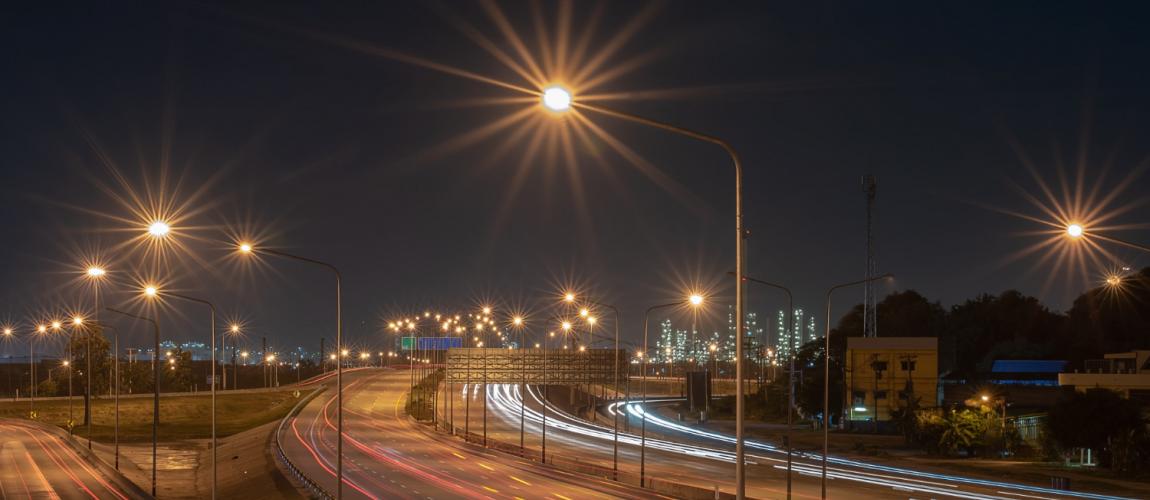Reconstruction, Management, and Maintenance of Street Lighting and Other Public Facilities, Juvignac, France

Photo Credit: Image by Freepik
On this page: A case study on Reconstruction, Management, and Maintenance of Street Lighting and Other Public Facilities, Juvignac, France. Find more at the Municipal Public-Private Partnership Framework - Project Summaries section for brief summaries of around 100 projects from around the world, examples of successes and challenges, as well as innovative ideas on solutions, or visit the Guidelines to Implementing Asset Recycling Transactions Section Overview and Content Outline, or download Full Version of the Report.
Project Summary: Background Due to a significant increase in population, the city of Juvignac in France needed to adapt its infrastructure services quickly and efficiently. To this end, it decided to pursue a PPP to renovate, manage, and maintain its public lighting installations, traffic lights, video surveillance, and the civil engineering works for the city’s high-speed communications network. Project Structure Through a competitive bidding process initiated in 2013, a private company called SPIE Sud-Ouest was awarded a PPP contract with a duration of 18 years and an estimated worth of EUR 8.8 million (or USD 10 million). The winning bidder was selected based on total proposed cost, the time required for implementation, and relevancy to the energy management and long-term development plans of the city. Under the PPP agreement, the private partner is responsible for replacing the city’s street lighting in two phases, as well as upgrading the traffic lights at six intersections, installing a video surveillance network comprising 12 cameras connected to a PC, and completing 9.4 km of civil engineering works for the high-speed communications network. SPIE Sud-Ouest will provide maintenance with guaranteed results throughout the contract. Regarding the first works phase, for example, the street lighting failure rate is not to exceed 0.5 percent, meaning no more than 10 of 2,000 lighting points may be out of order at the same time, and outages should be remedied in less than one hour.1 Lessons Learned Tying in the availability payment to the performance of the private company provides a strong incentive for proper operation and maintenance work. However, it also means the municipality must have adequate project management and monitoring mechanisms in place, to ensure it receives the full benefit of the project. Footnote 1: Source(s) http:// www.spie.com/en/ spie-sud-ouest-andtown- juvignac-heraultsign- public-privatepartnership accessed 8 February 2019.
This is a new section of the PPPLRC website and is currently in draft form. Your feedback is welcome: If you would like to comment on the content of this section of the website or if you have suggestions for links or materials that could be included please contact us at ppp@worldbank.org.
To find more, visit the The Municipal Public-Private Partnership Framework - Project Summaries section, the Guidelines to Implementing Asset Recycling Transactions Section Overview and Content Outline, or download Full Version of the Report.
Updated: March 9, 2024